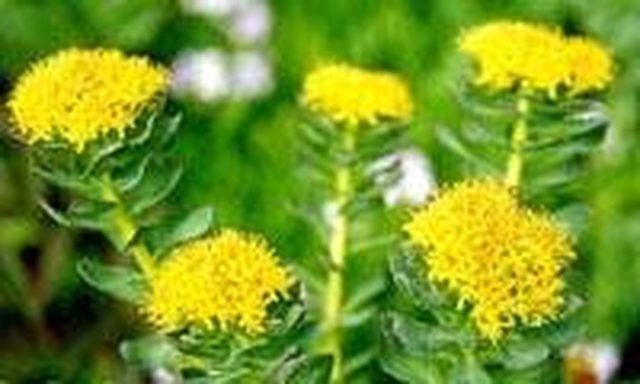Bulbs
Flower Basics
Flower Beds & Specialty Gardens
Flower Garden
Garden Furniture
Garden Gnomes
Garden Seeds
Garden Sheds
Garden Statues
Garden Tools & Supplies
Gardening Basics
Green & Organic
Groundcovers & Vines
Growing Annuals
Growing Basil
Growing Beans
Growing Berries
Growing Blueberries
Growing Cactus
Growing Corn
Growing Cotton
Growing Edibles
Growing Flowers
Growing Garlic
Growing Grapes
Growing Grass
Growing Herbs
Growing Jasmine
Growing Mint
Growing Mushrooms
Orchids
Growing Peanuts
Growing Perennials
Growing Plants
Growing Rosemary
Growing Roses
Growing Strawberries
Growing Sunflowers
Growing Thyme
Growing Tomatoes
Growing Tulips
Growing Vegetables
Herb Basics
Herb Garden
Indoor Growing
Landscaping Basics
Landscaping Patios
Landscaping Plants
Landscaping Shrubs
Landscaping Trees
Landscaping Walks & Pathways
Lawn Basics
Lawn Maintenance
Lawn Mowers
Lawn Ornaments
Lawn Planting
Lawn Tools
Outdoor Growing
Overall Landscape Planning
Pests, Weeds & Problems
Plant Basics
Rock Garden
Rose Garden
Shrubs
Soil
Specialty Gardens
Trees
Vegetable Garden
Yard Maintenance
Growing Rhodiola Rosea
Growing Rhodiola Rosea. Rhodiola Rosea, also known as Golden Root or Rose Root, is a perennial flowering plant that can grow in a variety of climates. The nickname "Rose Root" comes from the fact that the dried root carries the scent of roses.From cliffsides and mountaintops to dry, warm climates, growing the very adaptable Golden Root requires...

Where Does it Grow?
Rhodiola Rosea, also known as Golden Root or Rose Root, is a perennial flowering plant that can grow in a variety of climates. The nickname "Rose Root" comes from the fact that the dried root carries the scent of roses.
From cliffsides and mountaintops to dry, warm climates, growing the very adaptable Golden Root requires minimal attention in the garden and no attention when growing wild in rocky climates.
Seeds
Rhodiola Rosea seeds can be purchased through certain garden centers or vendors who specialize in selling herb seeds (see Resources). You can also start your own from cuttings, or harvest seeds from a wild plant. Once established, Rhodiola Rosea will self-seed to the point of becoming weedy if not controlled.
Planting and Growing
When starting Rhodiola Rosea from seed, plant seeds in shallow soil partially sheltered from wind and sun, starting when there is still significant cold weather. For optimal germination, it is best to soak seeds overnight, and plant in moist, sandy soil that will be placed in cool to cold storage for at least 6 weeks. You can also plant seeds outdoors from September to October in order to allow winter to work its charm.
The growth process is slow, and seedlings will not tolerate immense moisture or extreme drought. It's best to plant these flowers away from areas that flood and remain saturated after rain storms. Rhodiola Rosea can be planted against buildings or as ground cover.
Uses
Rhodiola Rosea, after a minimum of 5 years of growth, takes on medicinal qualities. The properly harvested roots contain rosavin and salidroside, components used in the treatment of numerous ailments such as fatigue, depression and stress.
A good quality Rhodiola Rosea extract will contain at least 3 percent rosalia and 1 percent salidroside. However, only the Russian variety of Rhodiola Rosea contains the medicinal quantities of rosavin. A Chinese variety--Tibetan Rhodiola--contains only salidroside (see Resources).